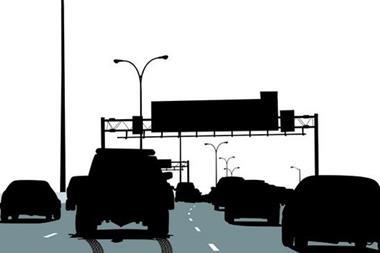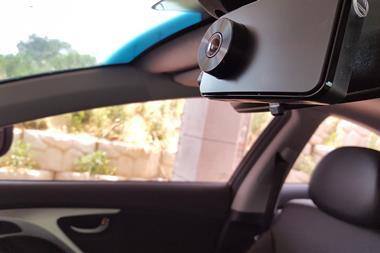As the FOS puts telematics on a watchlist, firms are looking for new fairer ways to obtain their data
Data firms are taking steps to help insurers move telematics from niche to mass market.
The move is in response to concerns expressed that the black-box telematics solution used today unfairly impacts younger drivers, who rely on it more than other groups for affordable premiums.
Due to the expense of installing the black box, insurers can often only justify installing the hardware on policies that will command a higher premium, such as high-risk younger drivers.
The Financial Ombudsman Service recently put telematics on a watchlist over the issue of fairness, and independent research also found young people consider the black box-based offering unfair.
The concerns have prompted telematics firms to find new methods to obtain driver data that does not only target young people. Axon Telematics chief executive Domenico Mariconda recently predicted the black box would be gone in three years.
LexisNexis Risk Solutions, where raw driving data from around 80% of all aftermarket devices is compiled, is looking towards consumer segmentation as a fairer way forward.
This might involve a hardwired telematics option for high-risk drivers, a smartphone app for try-before-you-buy marketing programmes or low-risk drivers, and a tethered option, involving a self-installed device that creates a tether to the smartphone app, for medium-risk drivers.
Telematics exchange
But Graham Gordon, director of global telematics at LexisNexis Risk Solutions, says the firm’s main ambition is to support mass market growth in the global telematics exchange, a contributory database of telematics data from insurers and motor manufacturers.
This exchange helps to feed LexisNexis’ global telematics platform, which processes, filters and normalises all the driver data.
LexisNexis is looking at working with new hardware manufacturers in order to future-proof the platform for mass market telematics data.
Gordon added: “It’s all part of our plan to deliver the insurance markets growing requirement for driving data and driving scores at point-of-quote.
“This reach of critical mass, combined with the work we’re undertaking with the vehicle manufacturers and connected cars, brings the concept of a telematics exchange and move from niche to mass market one step closer”.
Next generation
ThingCo chief executive Mike Brockman recently told Insurance Times the problems around telematics were due to sub-standard players entering the market.
He confirmed ThingCo, an insurtech focussed on developing the next generation of telematics, were working to launch a new telematics solution to replace the black box using AI, ADAS (advanced driver-assistance systems), night time vision and intelligent voice.
He said: “As in-car tech is transforming the risk for motor insurance, the industry needs to adopt a new way of working, leveraging data and connectivity to better serve their customers and allow for the next generation of change.
“We plan to deliver a completely new telematics solution to improve road safety and revolutionise the FNOL (first notice of loss) process.”
Without the expense of installing these new non-hardwired solutions set to take over the market, it is expected that data should be more easily obtainable for all groups of drivers - not just young drivers.
And chief executive of Smartdriverclub Insurance, Penny Searles, agreed that technological advances would soon lead to fairer ways of recording data without the need for the black box.
“The interesting stuff to do with telematics is yet to come,” she said. “Things like smart roads, connected cameras fitted front and rear to vehicles, hazard detection and traffic jam alerts etc.
“The data gathering capability of cars in the future will be immense and the potential it offers insurers equally huge.
“As insurance specialists we want our telematics unit to act as a tracker, vehicle documents reminder, plus driving style mentor.
“Once you tell a customer that smoother, safer driving can reduce their insurance costs, they are more than happy to trade their data.”
Hosted by comedian and actor Tom Allen, 34 Gold, 23 Silver and 22 Bronze awards were handed out across an amazing 34 categories recognising brilliance and innovation right across the breadth of UK general insurance.













































No comments yet